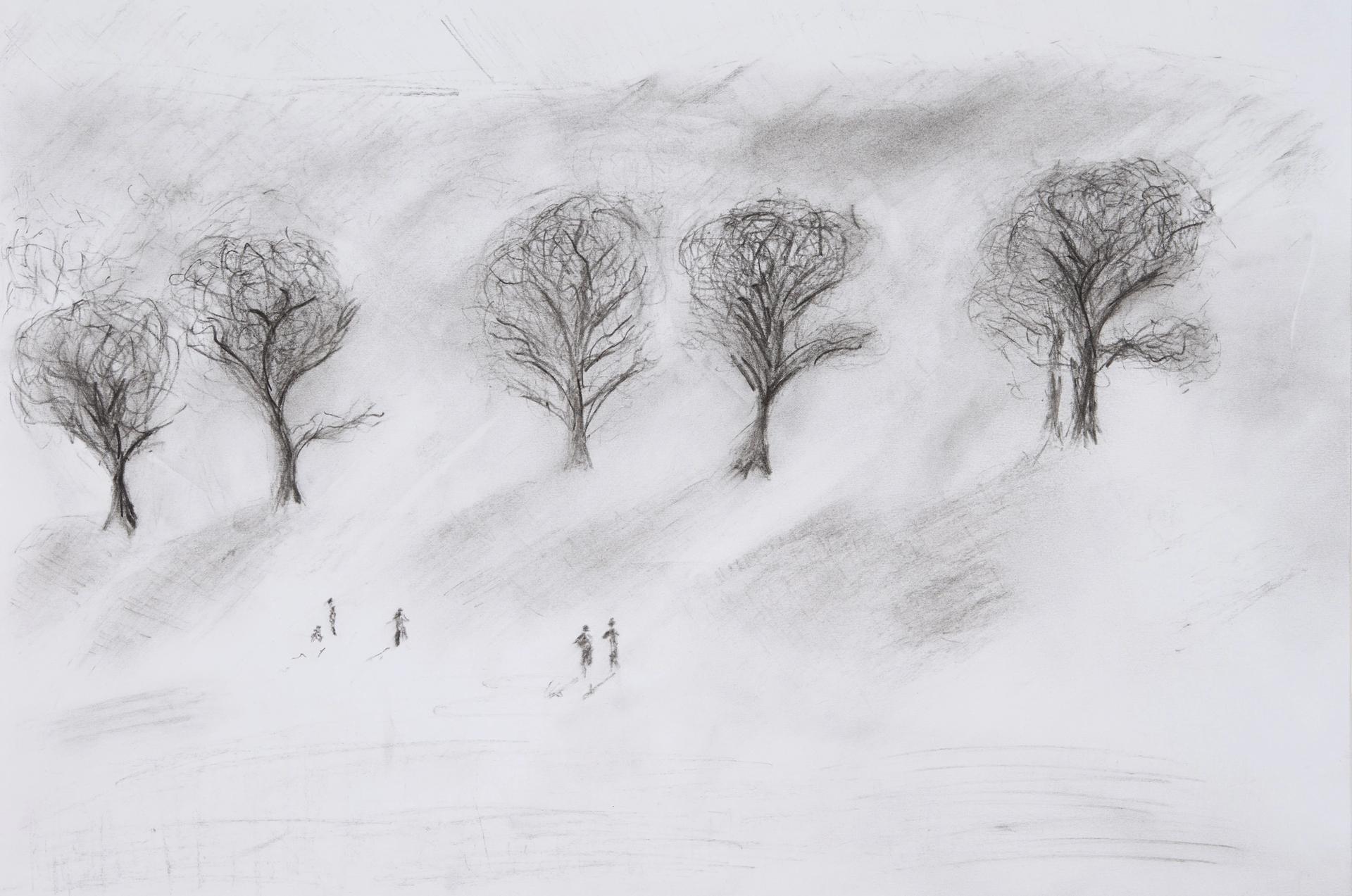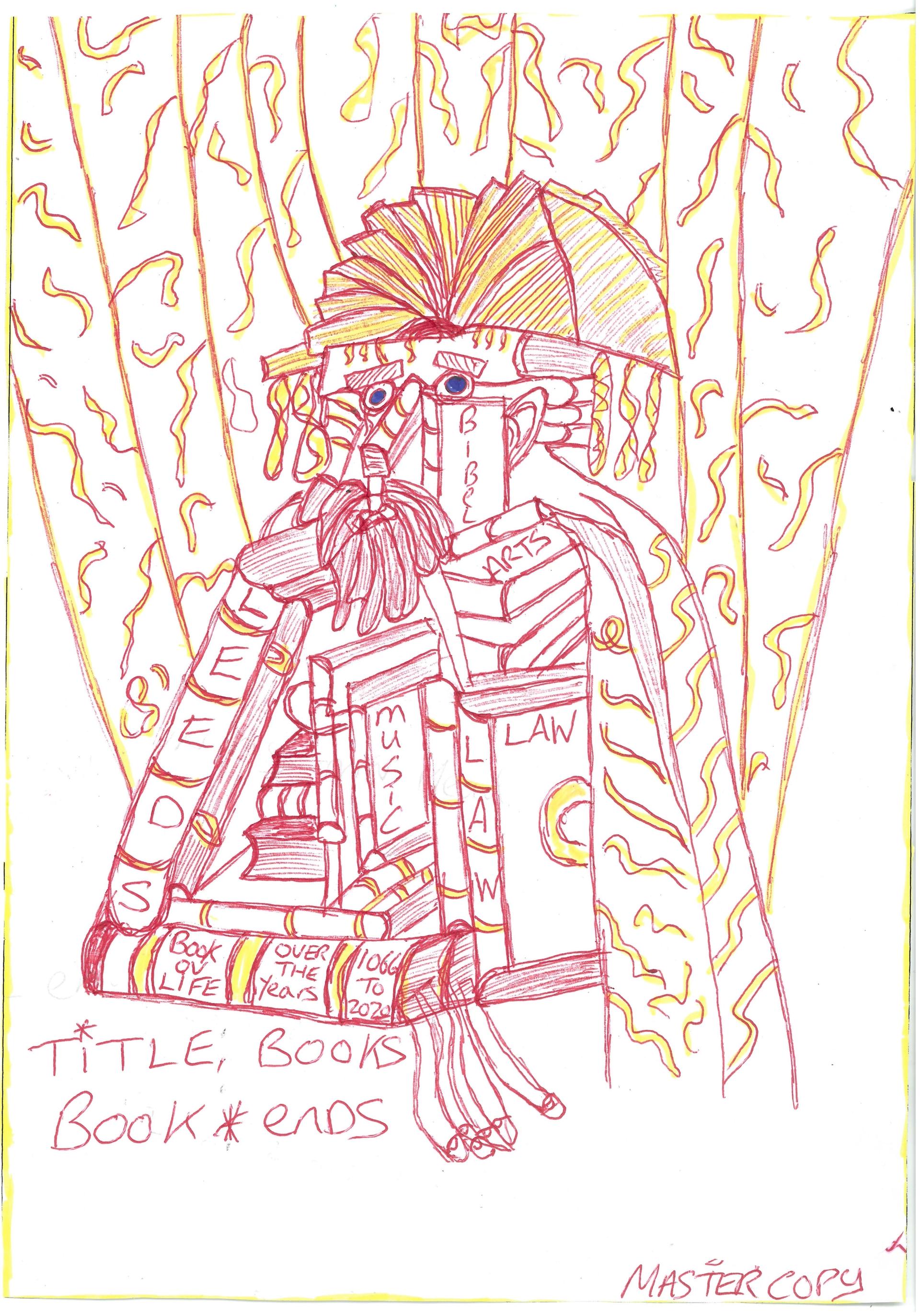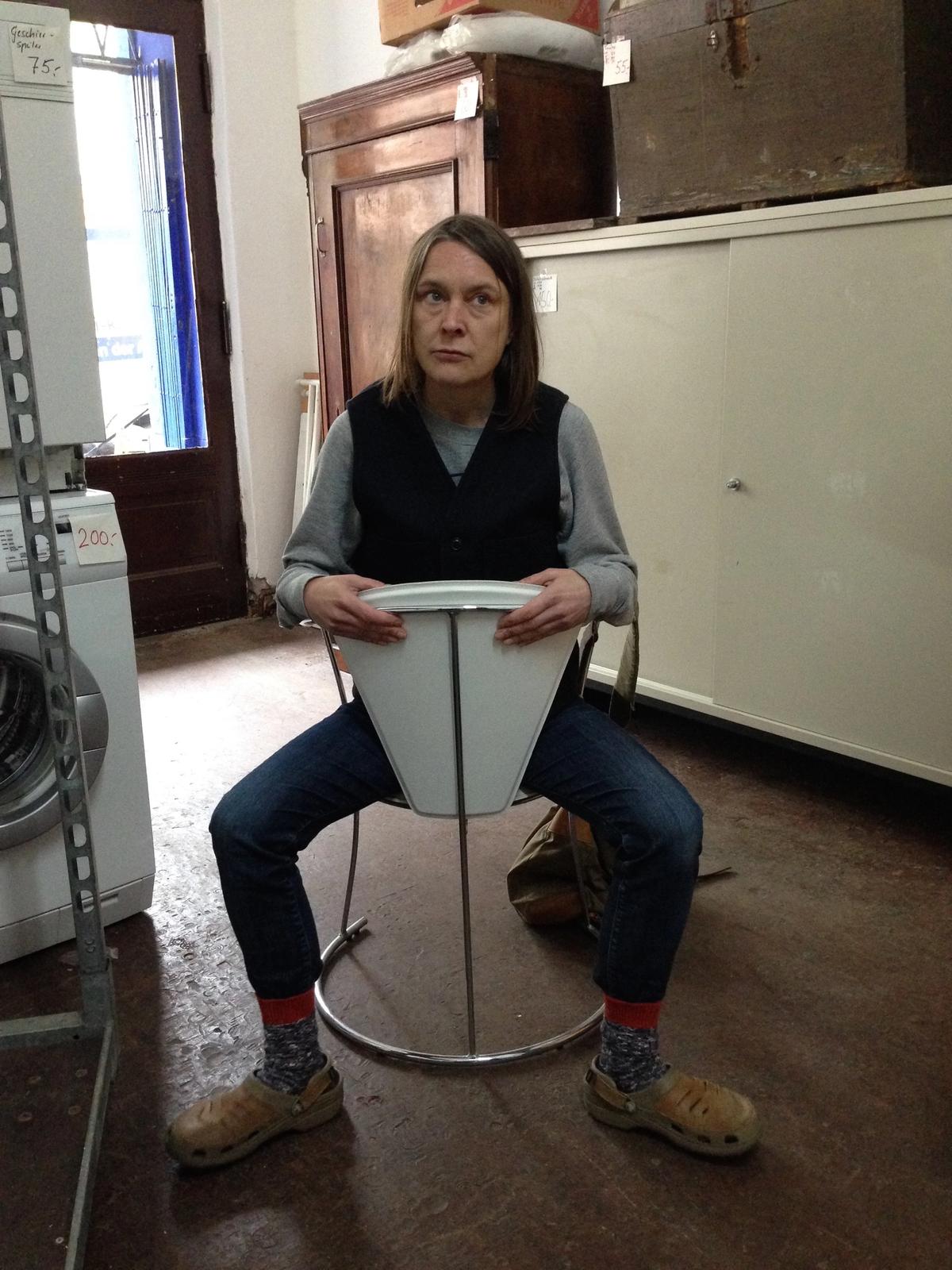During the coronavirus pandemic, many UK prisoners have been under 23-hour lockdown. And with family visits and other activities limited or suspended at the moment, for some making art has been their only form of entertainment and escape.
With that in mind, the 58th annual Koestler Awards this year, open to prisoners and people across the UK’s criminal justice system, takes on new significance. Titled No Lockdown in the Imagination (12 November to 13 December), the exhibition takes place online and as an installation across the windows of London’s Southbank Centre. It features around 60 selected audio, visual and written works, 32 of which are for sale, all priced under £500, with a donation going to Victim Support. Artists are kept anonymous.
This year’s Koestler Awards judges, who selected winners across 52 categories, include the artists Jeremy Deller, Alison Lapper and Dorcas Magbadelo, the spoken word performer George the Poet and the band Hot Chip. The artist Sarah Lucas has also been on the judging panel for several years, and here she speaks to The Art Newspaper about making art in confinement.
The Art Newspaper: Why did you want to be involved with the Koestler Awards?
Sarah Lucas: I got involved some years ago, I was invited to curate their exhibition at the Southbank Centre. I have visited prisons on a few occasions. One of the times was when I was selecting work for Koestler Arts. They are based at Wormwood Scrubs. I went in to do a radio interview with a couple of the prisoners. They have a radio station of their own there. That was about all they had. I also visited their art department which had nothing at all in it. All in all, a very bleak place where the men are locked in their cells for a lot of the time.

Regents Park by an inmate at HMP & YOI Forest Bank, which won the Platinum Award for Drawing Courtesy of Koestler Arts
Why is a creative outlet important for prisoners?
Many reasons. Boredom. Prison is boring as hell, passing the time is all you can do and working creatively is a way to be absorbed in something interesting. Loneliness. Making art or music or writing enable one to have a deeper and more novel experience with oneself and to challenge existing points of view, even your own. It can keep you amused and keep you company. It’s a positive, a relief from the subjugation of being in prison—for a while you can be in the driving seat of your own endeavour.
Otherwise what? Discussing crime with the other inmates? That in many cases is the only type of skill that can flourish in prison—hardly preparation for a better life.
Can you name a few of the works that particularly impressed you, and explain why you chose them?
Book-ends from HMP Preston. I love this. In fact, it's my top favourite. He's like a god or supernatural justice with all his knowledge gathered about him. Beautifully drawn in red and yellow. A king! And Regents Park from HMP Forest Bank. I love the abstractness of the winter landscape. The feeling of enormous space. I can imagine daydreaming this if I was confined inside.

Book-Ends from HMP Preston also received a Platinum Award for Drawing Courtesy of Koestler Arts
Given social distancing, what was the actual process of judging like?
It was very different to doing it in the Koestler house where the sheer amount of submissions was quite overwhelming and haphazardly arranged due to the limitations of the space. Actually a shortlist had been made for me.
The prisoners have produced these works in close confinement—how did you find working in isolation during lockdown?
I’m often working at home anyway and I live in the countryside so I haven’t had the hardest time of it. Artists are very good at making their own entertainment, often that how it starts... I think I thought then and think now that making art is a way of escaping whatever we need to escape. A way of making a change. A way of dreaming and pursuing a dream.
Prisoners are often working with limited materials—how do they manage?
Limitation is an important point. We’re all limited in some way. By our skills, by available materials, by available time. There is always something that can be done in some way. Even if it’s writing a poem in your head and memorising it. There is always something one can create and the process leads on, one thing to another. Many people have transformed their lives this way. What they managed in the beginning might look insignificant in retrospect or to outsiders—but in fact is the seed of possibility—and could lead anywhere and everywhere. It did for me.
- Koestler Arts, No Lockdown in the Imagination (12 November-13 December), online at koestlerarts.org.uk and at Southbank Centre, London


